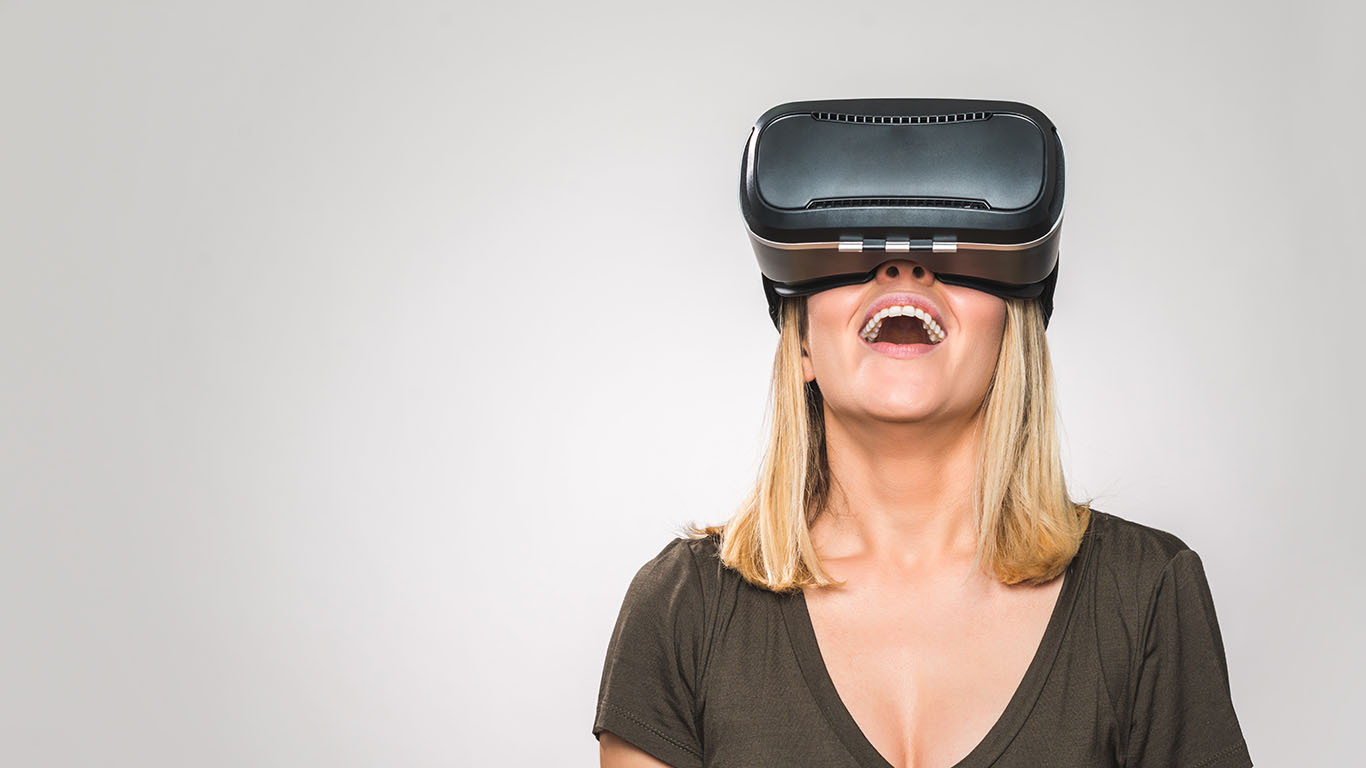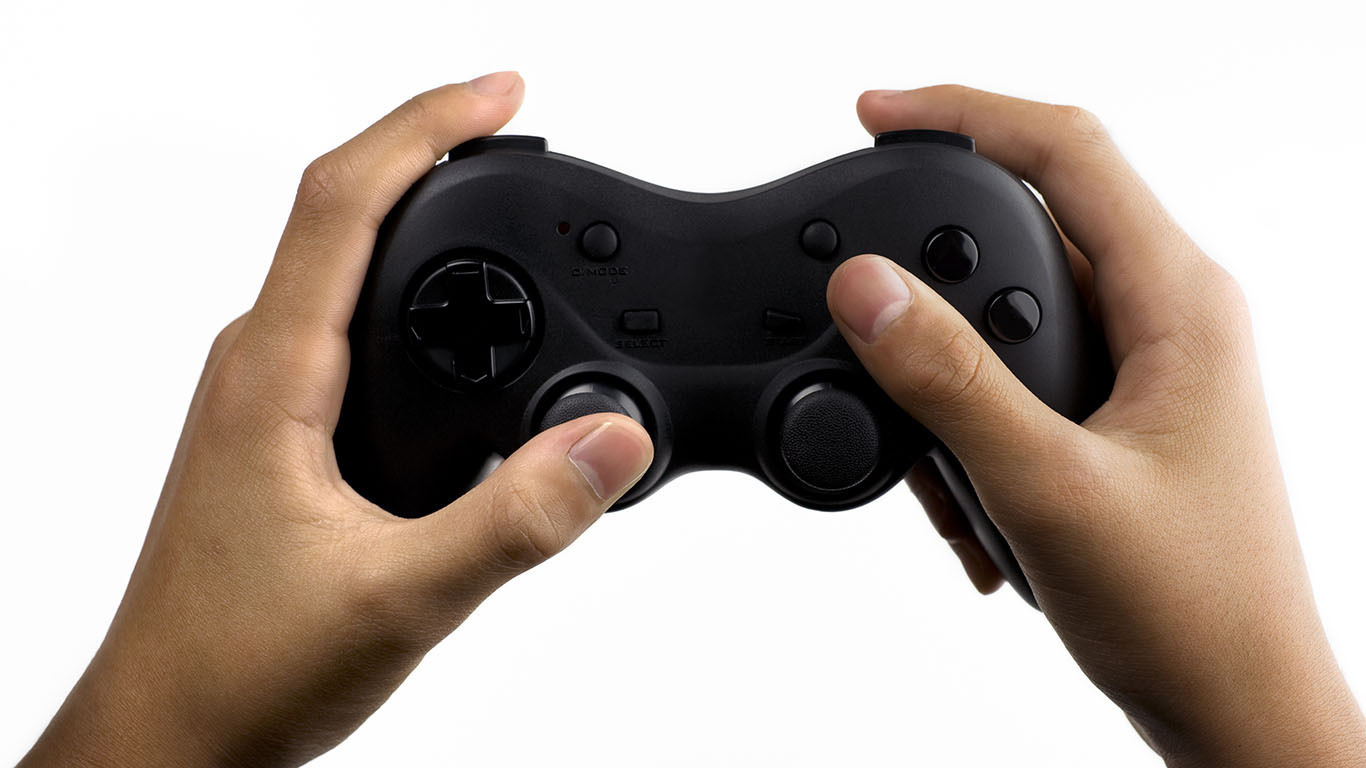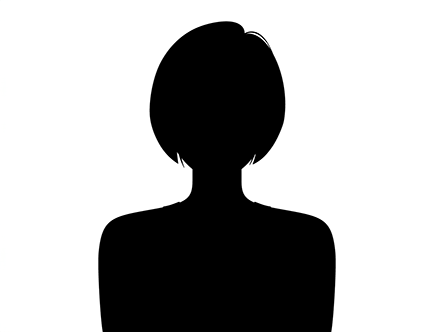
With two teenagers and a geeky husband, a spa used to be somewhere I could escape technology. Recently I’ve noticed the geeks are invading our spas! And I’m not sure whether this is a good thing, or the beginning of some kind of spa-pocalypse ….
First came the facial machines which their buzzy, tingly tools stimulating our whatnots. Next came the lights – LED facials, which use UV free lights to stimulate our whatnots.
Now things are getting even geekier, with 3D Virtual Reality headsets taking you on a trip before you have a facial or massage, stimulating your mind instead of your skin.
What next – AI therapists? Massage pods? A hologram spa pool so you don’t even have to get wet?
Perhaps this is a bid to attract the Silicone Pound, but my VR spa experience was in Surrey, not California.
So, is spa tech just a gimmick, an attempt to attract the next generation of spa-goers? Or does it really enhance our treatment and spa experience?
Let’s have a virtually heated debate.
LED light facials
LED light therapy was originally developed to fast-track healing wounds and post-surgery scars. A Light Emitting Diode activates fibroblast cells to produce collagen and elastin. Different colours are said to produce different results – blue to destroy acne-causing bacteria, red to reduce redness, amber to boost collagen production and infrared for skin recovery. In a spa, your treatment will either include a LED mask, a small hand-held device or a large, lamp-like machine. Therapists recommend a course of treatmentswhich are usually part of a professional facial.
Pro: One small-scale study using blue LED light therapy on 21 young people with moderate to severe acne reported significant reduction (some by 98 percent) of pimples, blackheads and inflammation after an eight-week course. It’s safe for all skin types, it’s non-aggravating, and you can do it at home.
Con: Studies are small and far from conclusive. ‘Experts’ quoted in the media are mostly plastic surgeons with vested interest in saying LED therapy works. Even they say that you need at least four treatments to notice results, and it ain’t cheap. Having a super-bright light shine in your face is not relaxing or pleasant.

Electric Currents
Guinot, the original machine-led facial, uses two currents – galvanic to make muscles contract and relax, and faradic, which encourages penetration of products into the top layer of your skin. Elemis Biotec facials use a mix of ultrasound (high speed soundwaves for ultra-cleansing), galvanic and micro currents, light and oxygen therapy. The ever-popular CACI facials combine micro currents, light stimulation and microdermabrasion. Many other brands offer similar treatments. The devices vary, but are usually hand-held wands of varying shapes and sizes, sometimes attached to a larger machine.
Pro: More results-driven than a normal facial, non-invasive and often feels rather pleasant.
Con: Can be too stimulating for sensitive or acne-prone skin. The noise of the machine is not relaxing.
Virtual reality
We recently went for a facial and ended up wearing a virtual reality headset. Natura Bissé, the skincare company behind this and the ‘oxygen bubble’, clearly want to be seen as innovative, hence are taking the trend for mindfulness into another dimension – literally. The experience is psychedelic: various space and sea ‘creatures’ float around trippy worlds while a gentle American voice guides you through a mindful meditation. The headset is removed, and you have a rather nice facial.
Pro: The images in the headset help you focus, while the voice helps you meditate. Emotional health is an important element of beauty, and it can be very relaxing and grounding.
Anti: I feel it’s a gimmick and the headset is just a distraction. It’s too weird to be relaxing. What next – manipulating your therapist’s hands with a game control pad?

Home-tech
The good news is you don’t have to leave your house and engage in eye contact with other humans to enjoy spa tech. There are plenty of spa toys to try at home. Zoe Kravitz and Rosie Huntington-Whiteley are both reported to be fans of LightStim, a handheld LED device you can use at home. You can use it while watching TV, and it even switches itself off after three minutes.
Pro: It’s a smart investment. One machine will cost far less than a round of treatments.
Con: You don’t get the expertise of a therapist. You’ll forget to use it and it will just be another thing that gathers dust in your garage – I give it a week.
So, make your own mind up about spa technology, or just ignore it and wake up in a dystopia of urban devastation (maybe I’ve seen too many sci-fi movies…).

The Spa Spy
14th September 2017
Spy Likes:
Intuitive masseurs, inspired or outlandish treatments and design, posh products and celeb spotting.
Spy Dislikes:
Anyone po-faced (guests and therapists) or stupid, boring design and treatments.
